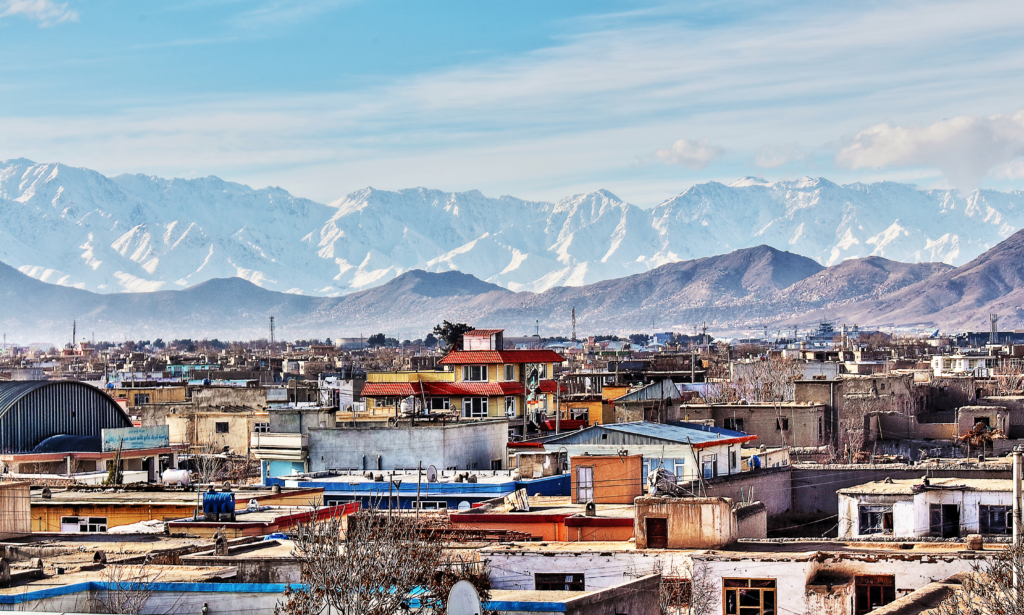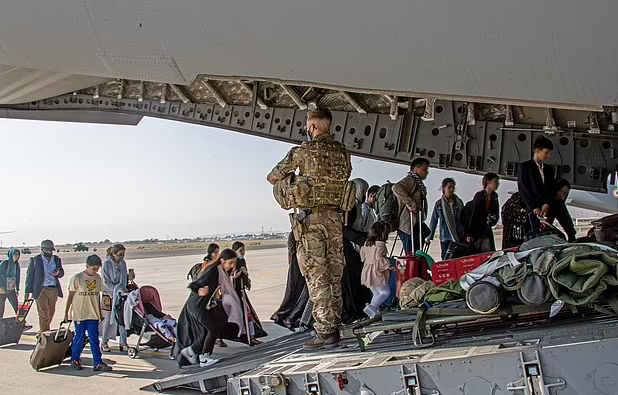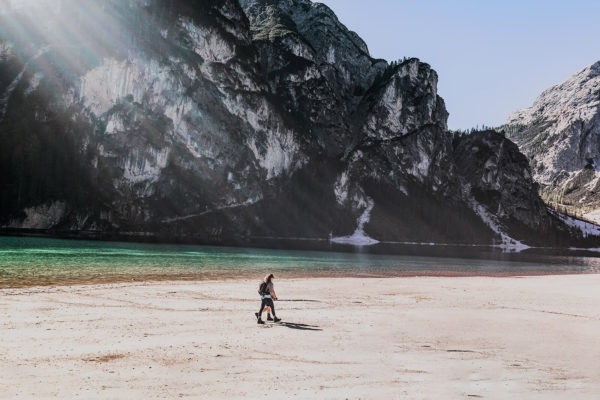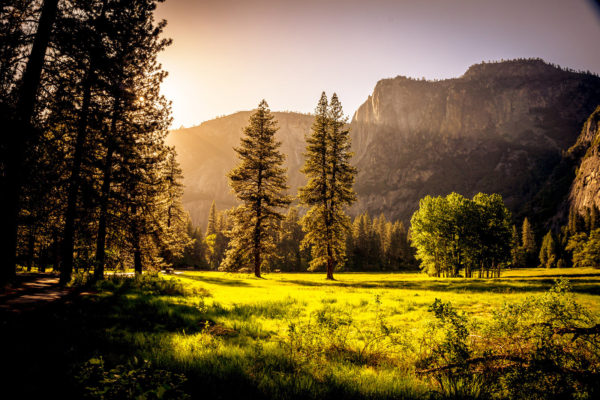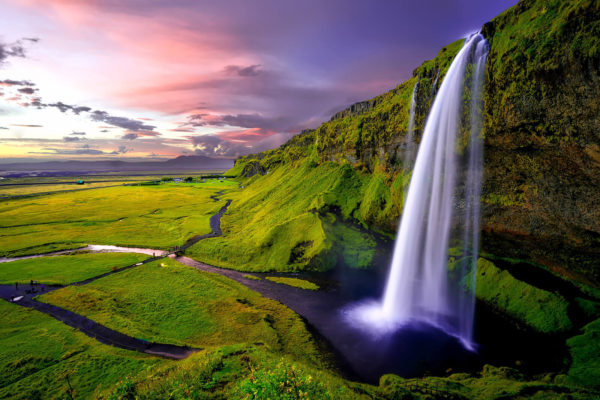On April 29th 2022, Dato Seri Vida released the music video for her song Muah Muah Raya. The video featured local dancers and drag queens including Kumela Kumslut, Giselle Fendi and Just Acne Scar. Since the release of the video, reactions from the public have been polarising with the urban liberal bubble supporting the open-mindedness and representation in the video whilst the majority of individuals find it offensive, especially considering it was a Raya ad.
We’ve also seen the media scene in Malaysia reinforcing homophobic rhetoric around this music video with headlines such as Glorifying LGBT, DVS song Muah Muah was hit hard by Netizens and This is saddening – M-sians slam DVS Raya Song Muah Muah. They go on to accuse her of trying to tarnish the sanctity of Islam through the music video.
Since the release, MCMC has opened an investigation and called in Dato Seri Vida for questioning regarding the video. On her social media, she explained that she was fully cooperating and that the intention behind the video was pure entertainment with no hidden agenda.
While the music video can be perceived as controversial in Malaysia, the art of drag isn’t necessarily something that goes hand in hand with being LGBTQ+. Drag was pioneered by individuals within the LGBTQIA+ community and thus rooted in it, but technically, you don’t have to be gay at all to do drag. We spoke to one of the Carmen Rose, who was featured in the video on their take of all the commotion:
1 – Initially when you were asked to do the music video, how did you think it would be received?
When I was first asked to be part of the music video, I already knew that a large portion of her audience wasn’t going to have any kind words towards the video. If you factor in how people criticized Aliff Syukri’s Raya video, although it wasn’t presented in an artistic way, the hate that video was getting was very much queer-coded let’s be honest. It’s no surprise when it’s coming from their audiences, mainly Malay Muslims.
So I was prepared for whatever criticism that was gonna be coming our way. At this point, queer people in Malaysia have been through a lot and this is something we’re used to it, unfortunately.
2- What was the ideation behind the video and where was inspiration drawn from?
The inspiration was drawn from her previous song/music video called “I Am Me.” And the focus was also on the exaggeration of our lips, just like hers, because “Muah muah.” The dance was choreographed by Malaysian Voguers from Kiki House of Neverland, Teddy and Kimmy. It’s also about the celebration of colours (different communities) and not just the ones that are socially acceptable by the general public.
If I have to be honest, it’s also about “virality” and marketing. Putting drag queens in a Raya video would sure get some kind of attention. I say this because DSV never stood up for us when she was questioned about her intentions. She knew what she was doing when accepting us in her video, but we also knew this would happen. So I’m not surprised. To me, she is someone who has a big platform, I saw this as an opportunity to also speak up on things pertaining to our community. Someone has to start something to give us our visibility, and she was the only one who took the risk. Where are the other “liberal” artists? Why haven’t they included Drag Queens in their music video when other countries have been doing it already?
3- Are you surprised by the reaction from the public?
Coming from her audience, not at all. Disappointed but not surprised.
4- What is the biggest misconception that you feel is being perpetuated in regards to the art of drag?
I’ve mentioned this many times, the biggest misconception from a lot of Malaysians is that we are transgender women. Drag is a form of art, it used to be about the impersonation of a woman, basically for the male gaze. But today, it’s more of an exaggeration of one’s persona. The difference between a drag queen and a trans person is that one is an art form, a stage persona, and the other is a gender identity, something the person has to live through every day as they are. Drag comes in all forms and a trans person can do drag, a cis-gendered woman can do drag, and a straight man can do drag (as long as both of the last two mentioned understand and respect the history and culture of drag queens, and how it is very sacred to the queer community).
5- In what ways can allies work to help change the narrative in situations like this one?
Allies shouldn’t only speak up when it matters, they should speak up all the time. Not only for the sake of getting views and profiting off our struggles. They should commit 100% to fight for us, not only when it’s convenient for them. It’s also important for allies to listen, and not speak over queer people when they are sharing their struggles.
6- Despite the investigation by MCMC and the opinions of the public, art often pushes culture to move forward and causes a reaction, to a certain degree it means you’ve done something right. How do you hope that this piece of art will impact the drag scene in Malaysia?
I am pretty sure that there are young queer kids watching this video and their community being represented in the media, despite of the backlash, would feel like there is some sort of hope there. That’s why I speak up every time I can, within my mental capacity, to speak on things that are hurtful to us. Like recently with MalaysiaKini’s misleading headline on their article. The kids are watching what I’m doing, I wanted someone like me from here but I couldn’t find that person because they weren’t visible enough, hence why most queens and I fight for our place in the media and being visible for the younger generation is important to me.
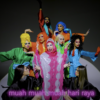




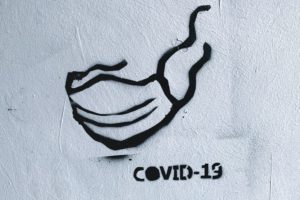
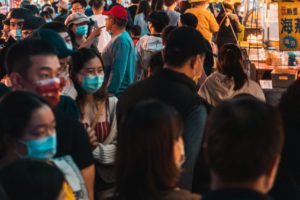
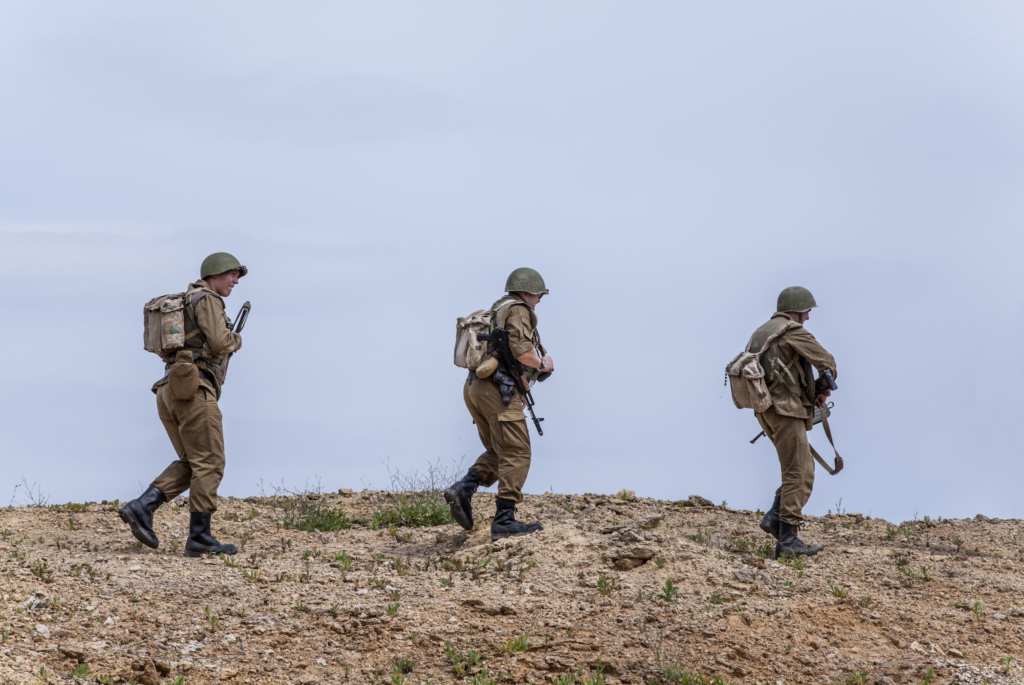 Over the past twenty years, the relationship between Afghanistan and the US continued to be turbulent with initial airstrikes, a call for the reconstruction of Afghanistan, an alliance between the leaders of both nations, a crackdown on the Taliban which was recommitted by President Barack Obama, the killing of Osama Bin Laden, the Taliban causing tensions between the nations, the US dropping its most powerful non-nuclear bomb, a resurgence in attacks by the Taliban as a response to the Trump administrations Afghanistan plan, peace-talks resulting in a deal on a path to peace and finally in 2021, Biden withdrawing all troops.
Over the past twenty years, the relationship between Afghanistan and the US continued to be turbulent with initial airstrikes, a call for the reconstruction of Afghanistan, an alliance between the leaders of both nations, a crackdown on the Taliban which was recommitted by President Barack Obama, the killing of Osama Bin Laden, the Taliban causing tensions between the nations, the US dropping its most powerful non-nuclear bomb, a resurgence in attacks by the Taliban as a response to the Trump administrations Afghanistan plan, peace-talks resulting in a deal on a path to peace and finally in 2021, Biden withdrawing all troops.